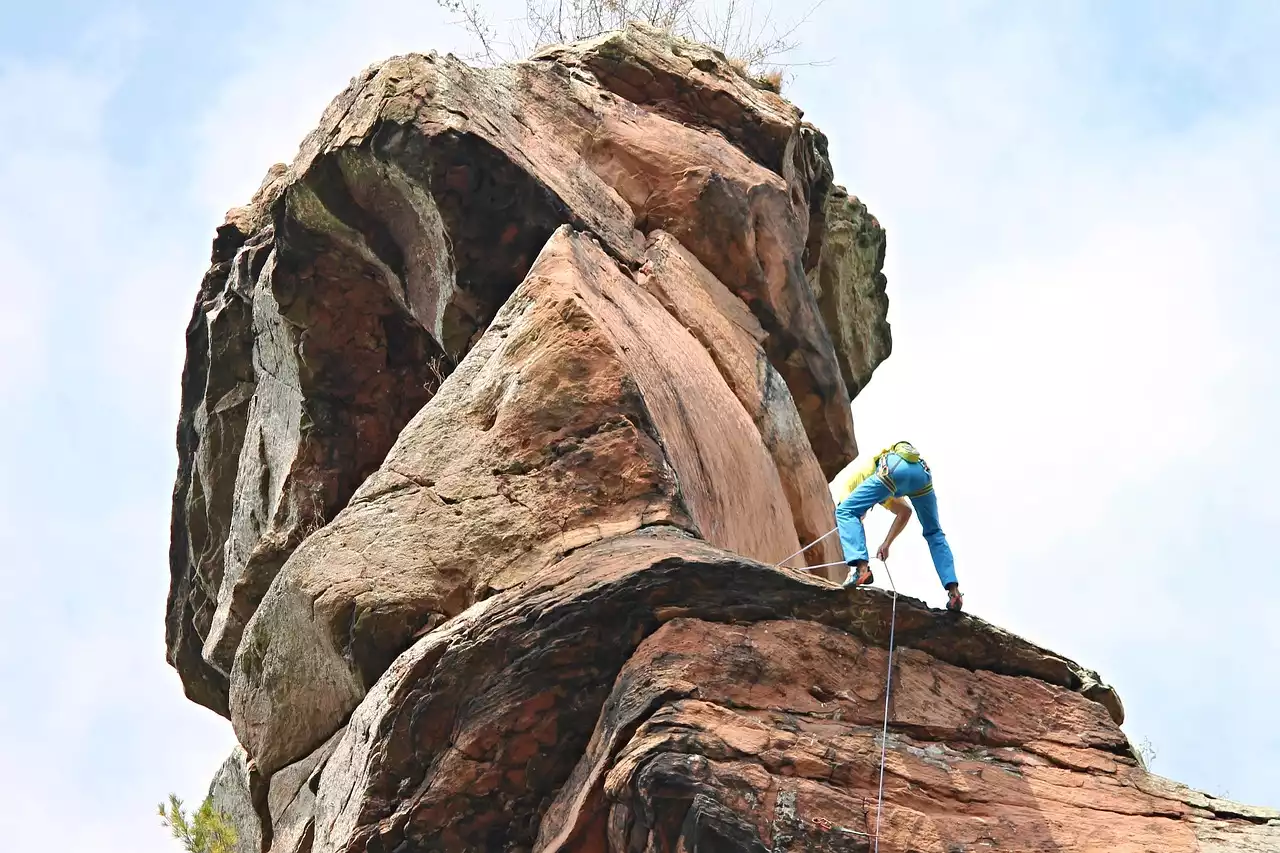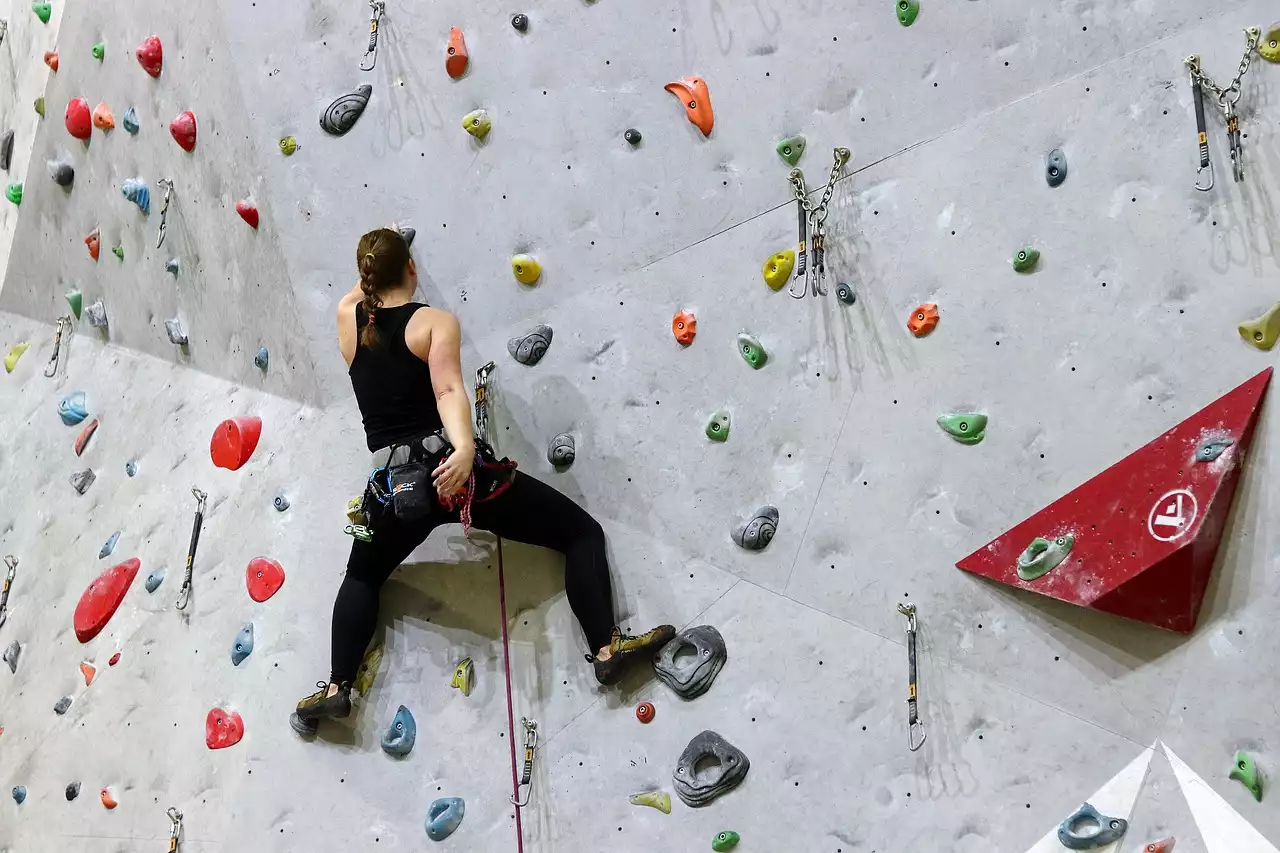What are plyometric exercises?
Plyometric exercises are movements that use the entire body to generate tremendous speed. These exercises focus on improving power and speed with an emphasis on exploding from a stationary position. Plyometric exercises are very similar to sprinting, with a few key differences. Because you are stationary when you perform these exercises, your body doesn’t have to worry about propelling itself forward. Instead, the focus is on creating the maximum amount of force with your muscles. Plyometric exercises are an excellent way to develop powerful explosive movements that will help you become a better climber. As your climbing progress, you may find yourself in situations where you need to use more power than you are used to. A quick, powerful movement can be the difference between a good move and a bad one. Plyometric exercises can help you gain the strength and endurance to make these movements more often.
Benefits of plyometric exercises for rock climbing
- Stronger Grip - The force required to hold onto a climbing hold increases with climbing difficulty. As climbing becomes more difficult, you need to use more muscle, which increases the risk of slipping. Plyometrics exercises increase your grip strength by teaching you to apply more force with the muscles in your hand. This will help you to maintain your grip, even when you are pulling harder.
- Improved Power - As climbing becomes more difficult, you will encounter more difficult moves and be placed in harder positions. A powerful movement can be the difference between a move that goes well and one that doesn’t. Plyometric exercises help you develop more power by increasing the amount of force that your muscles can produce.
Plyometric exercises to increase power and agility
A plyometric movement starts with a relatively slow movement and then suddenly increases the speed of the movement, often ending with a landing. Plyometric exercises can be done on any surface, including climbing walls or outdoor rock climbing areas. For the best results, you should choose an exercise that you have never done before. You mustn't try a move that you have done before, as it will not be a challenge for your muscles because they will not be challenged enough to become stronger. Before you start the exercise, you should focus on the placement of your feet, the use of your core muscles, and breathing. This will help you to make the most of your time on the rock.
Plyometric exercises to improve balance and coordination
Balance Beam Balance beams are a great way to improve your balance and coordination. This exercise can be performed on any smooth surface, including outdoor rock climbing areas. To perform the balance beam exercise, you will need a partner. The partner should help you to get into a good position on the beam (standing with your feet about shoulder-width apart and your arms in a position where they are holding onto the sides of the beam). Now, you will need to have your partner help you push off the ground until you start to lose your balance. At this point, your partner should help you to regain your balance by pushing off the ground with their feet and pulling you back onto the beam with their hands.
Plyometric exercises to increase stamina
Climbing Burnout Climbing burnout is an excellent way to develop more incredible stamina. This exercise should be done on a smooth, outdoor surface with a partner. To perform climbing burnout, you will need a partner. The partner should help to pull you up the wall while you should try to push them off the wall. It is important to remember that you should try to make your partner off the wall with the hardest move that you can do. This will help to build your stamina and increase your ability to complete longer, harder climbs.
Plyometric exercises to increase grip
Gymnastic Rings Gymnastic rings are an excellent way to develop your grip strength. This exercise should be done on a smooth, indoor surface, such as a gym floor. To perform gymnastic ring exercises, you will need a pair of gymnastic rings, an anchor, and a handstand push-off. You should now stand in a handstand, with your legs and feet planted firmly on the floor. Now, you will need to lift your body and hold it for a few seconds. It is important that you do not try to push off the floor with your legs, but instead push off with your hands so that you are performing a handstand push-off.
Proper form and technique for plyometric exercises
When performing any exercise, you mustn't push yourself too hard at first. This will help to prevent injury and focus on the basics of the movement, focusing on the basic technique. It is important to remember that, even if the move is challenging, you should focus on your form and technique before you try to apply as much force as possible. When performing any move, it is important that you keep your core tight, your back straight and your arms in a position where they are holding onto a hold.







